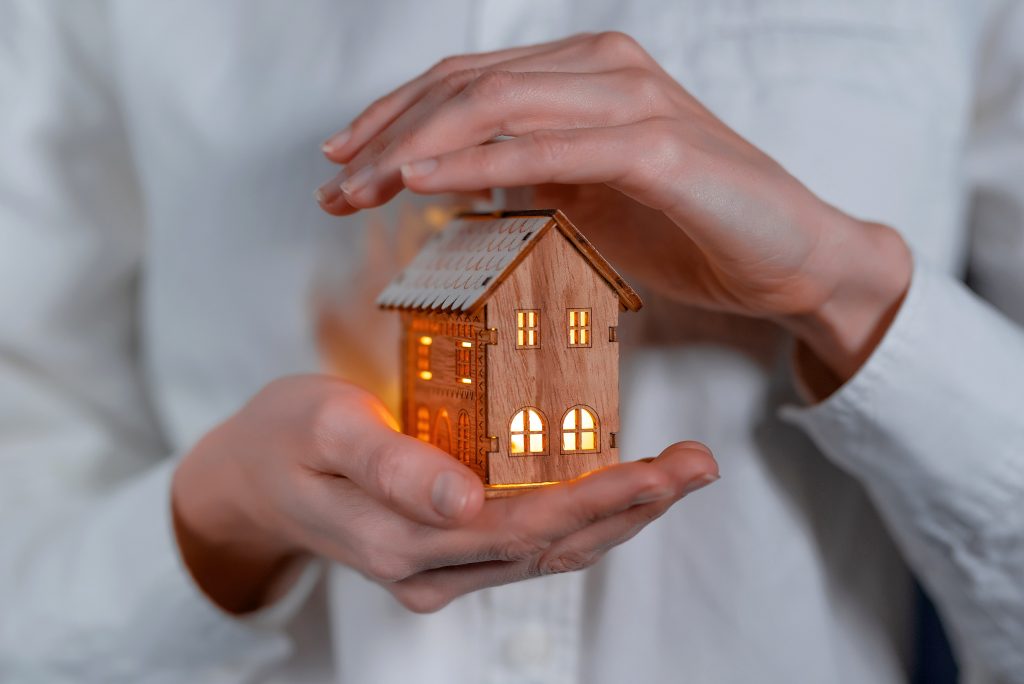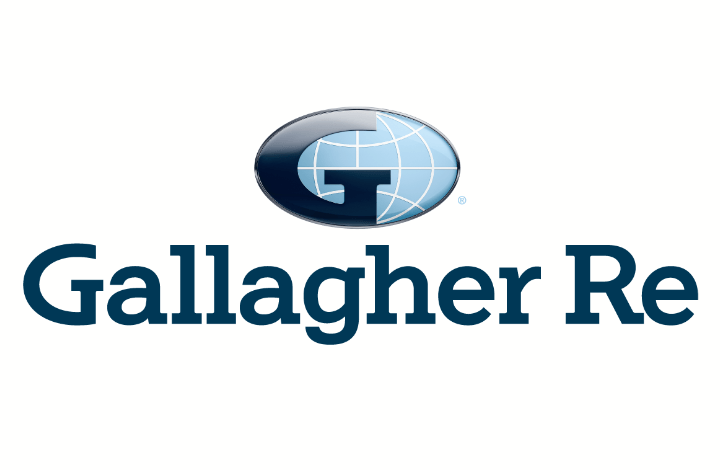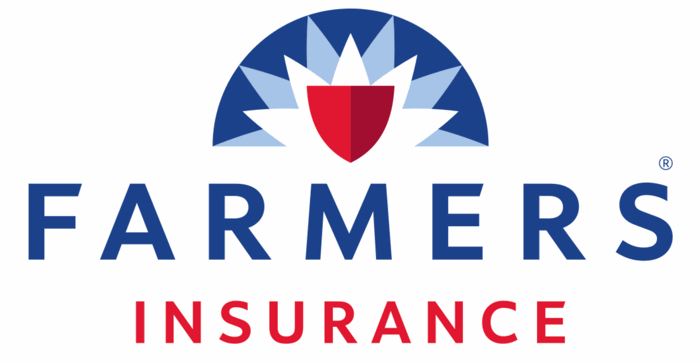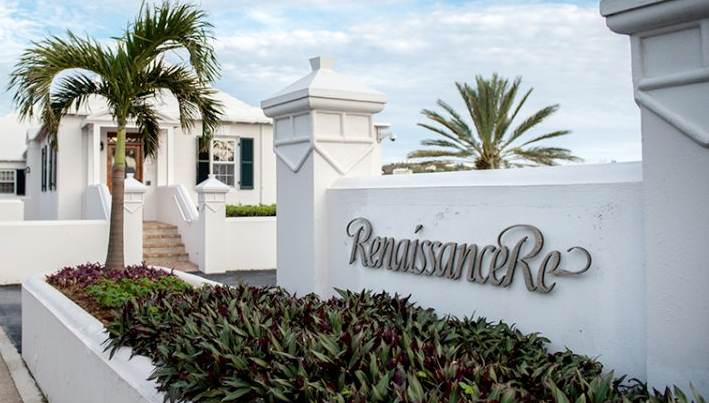
It’s been a long day; you just want to kick off your shoes and relax as soon as you get home.But as soon as you turn onto your street, you realize that part of the roof has caved in under the crushing weight of the winter snowfall.You wander around the back only to find that your back door has been ripped off its hinges.
Peek inside, and you immediately notice that your electronics are missing.Welcome home! So, what do you do? If you have homeowners insurance, you can file a claim and work with your insurance provider to make things right.Your policy can cover the costs of the repairs and stolen property as well as your hotel fees while your uninhabitable home gets patched up.
Homeowners insurance isn’t legally required, but it’s one of the most important types of insurance you can buy.According to the Insurance Information Institute, an estimated 95% of U.S.homeowners choose to insure their homes.
Unfortunately, it’s also one of the most nuanced and misunderstood types of insurance out there.There’s a lot to learn, but the payoff and peace of mind you’ll get when you put in the effort will make it all worth it.Table of Contents: What Homeowners Insurance Covers What Homeowners Insurance Does NOT Cover Types of Homeowners Insurance Homeowners Insurance Riders Is Home Insurance Required by Law? How Much Does Home Insurance Cost? How to Find the Best Homeowners Insurance Of all the possible incidents and events that might damage your home, these 16 named perils are commonly covered under homeowners insurance: Fire and smoke Lightning strikes Windstorms and hail Explosions Volcanic eruption Theft Vandalism Riots and civil commotion Damage caused by vehicles Damage caused by aircraft Falling objects Weight of snow, ice, and sleet Freezing Tearing, cracking, burning, or bulging Accidental discharge or overflow of water or steam Short-circuiting The last four perils specifically reference causes of damage to systems within your home.
These systems include plumbing, heating, air conditioning, hot water heaters, fire sprinklers, electrical systems, and household appliances.Keep in mind that these perils must be sudden and accidental.So if you leave your thermostat too low and your pipes freeze, the damages may not be covered.
Review your policy carefully to see which perils are covered.A named-peril policy will only protect you against the perils outlined in the fine print, while an open-peril policy will cover any incidents not listed as exclusions.Most HO-2 through HO-7 policies include all 16 perils, but most HO-1 and HO-8 policies only cover the first ten.
Under a basic form policy, you wouldn’t have any protection against a fallen tree.You’d want more comprehensive coverage if you live in a heavily wooded area.Home can be many different things to many different people.
Home is where the heart is; it’s the roof over your head; it’s where you keep your stuff.As such, insurance providers have taken all of these aspects into consideration when designing their policies.The Structure Itself First of all, there’s the structure itself — the roof, walls, windows, floors, cabinetry, and so forth.
Dwelling protection (Coverage A) insures the fixed interior and exterior aspects of your home against damage.Other Structures If you have another structure on your property, like a gazebo, detached garage, shed, or fence, they’ll be covered under the category of other structures (Coverage B).Many policies include this along with dwelling protection, even if you don’t have such structures on your property.
Personal Property Then there’s all your stuff.Personal property (Coverage C) steps in when your personal belongings — your clothes, furniture, equipment, and any other belongings that aren’t permanently fixed with the structure — are lost or damaged.It often provides coverage even when you take your belongings out of your residence.
Green thumbs will be glad to know that it also typically covers trees, shrubs, and other plants on your property as well.Additional Living Expenses Additional living expenses and loss of use (Coverage D) are interchangeable terms for the same type of coverage.If you have to temporarily vacate your home due to damage or loss that puts it in an unlivable condition, this coverage will pay for your hotels, meals, and other expenditures while your home is under construction.
Personal Liability Finally — if you, another member of your household, or your property cause another person bodily injury or property damage and they file a claim against you, a personal liability (Coverage E) policy will take care of the damages.Liability coverage actually extends beyond your property’s boundaries; no matter where the incident takes place, you can rely on this type of policy for financial protection.Attractive Nuisances So-called attractive nuisances add fun and enjoyment to your home.
Families, neighbors, and friends love them, but insurance companies don’t.Unfortunately, they pose serious risks like bodily injuries and drowning fatalities, especially to children.Here are some of the most popular attractive nuisances: Swimming pools Hot tubs Fountains Ponds Trampolines Treehouses Playground equipment Coverage options for these types of features will vary from one provider to another.
For instance, an in-ground pool may fall under other structures while an above-ground may be personal property — or your plan might exclude all pools and water features.Some insurance companies might cover a certain type of pool or a trampoline if it’s been set up with specific safety measures.When applying for insurance coverage, be transparent about whether you have any of these features on your property.
Your insurance provider can drop your coverage if they realize they’ve been duped.Also, make sure to increase your personal liability coverage as much as you can.Most start at $100,000.
Think about aiming for $500,000 to be safe.According to the U.S.Consumer Product Safety Commission, between 2015 and 2017, there were 6,400 non-fatal pool drownings that resulted in emergency medical treatment in addition to 351 drowning deaths among children under 15.
Most of these victims were five and under.Because of the serious risks these additions to your home pose, use caution.It’s a good idea to set ground rules with your family and guests and fence in your property to prevent neighborhood children from wandering into an accident that you’ll be liable for.
Along with a safety-first approach, sufficient liability coverage can help ease the emotional and financial toll of these incidents.Although volcanic eruptions, heavy winter snow, hail, and windstorms are included under many policies, other common natural disasters are excluded.Here are some of the most common exclusions: Floods and hurricanes Earthquakes Mudslides and landslides Animal and insect infestations Mold, fungus, and rot Rust and corrosion Government action, war, or ordinance Nuclear hazards Neglect Intentional loss General wear and tear Insurance providers exclude these causes because they’re often known risks based on your region, as with earthquakes and hurricanes, or because they’re neither sudden nor accidental, as with mold and regular wear and tear.
Homes require constant care and maintenance; if you choose to neglect your duties as a homeowner, your insurance provider won’t feel obligated to pay out.Unfortunately, this means that when your foundation shrinks and settles, and your bathtub succumbs to mildew, you’ll have to finance the fixes yourself.If you notice any evolving issues, take action as soon as possible to minimize the costs and damages.
Also, it’s worth noting that pets aren’t protected under homeowners insurance.Consider buying pet insurance if you’d like coverage for your furry friends.There are eight common types of homeowners insurance.
Four of these are designed to cover houses and similar single- or multi-family properties: Basic form (HO-1) — A named-peril policy, this is the least expensive option, and it provides bare-bones coverage.It typically covers ten of the 16 perils and is limited to dwelling protection only.You’d have to buy personal property and personal liability coverage separately.
Broad form (HO-2) — Another named-peril policy, this typically covers all 16 named perils.It includes dwelling protection, other structures, personal belongings, and personal liability.Special form (HO-3) — This is considered standard homeowners insurance and is the most popular choice.
It takes a step above HO-2 by offering open-peril dwelling protection.However, personal property is typically covered on a named-peril basis.Comprehensive form (HO-5) — This is considered premium homeowners insurance.
It typically covers dwelling protection and personal property on an open-policy basis and includes higher limits across many categories.It’s the most expensive type of coverage you can get.There are four other types of insurance designed for renters (HO-4) and people who own condos (HO-6), mobile homes (HO-7), and historic homes (HO-8).
Tenants form (HO-4) — Commonly known as renters insurance, this only covers personal belongings and personal liability since your landlord provides dwelling protection for the structure.It typically covers the same perils as HO-2 but may also cover additional living expenses if you need to vacate your unit.Condo form (HO-6) — Also called condo insurance, this provides coverage for people who own units in condominiums and co-ops.
It covers personal belongings and personal liability, as well as dwelling protection for the walls, floors, and ceilings within your unit.Your co-op or condo association would provide coverage for the rest of the structure.Mobile home form (HO-7) — This is similar to HO-3, but it covers mobile or manufactured homes, trailer homes, and RVs.
It provides dwelling protection on an open-peril basis and personal property on a named-peril basis.Older home form (HO-8) — Similar to HO-1, this is a fairly basic policy that accounts for the issues and liabilities that older homes and their owners face.It typically includes dwelling protection on a named-peril basis for ten of the 16 perils.
While each insurance provider sets age requirements, they often include structures over 40 years old.Like all forms of insurance, there are limits to what homeowners insurance policies will cover.For instance, high-value items like jewelry and fine art probably won’t fit within your personal property coverage.
Luckily, most home insurance providers will offer riders to those who want the extra coverage.If you’re concerned about damages from causes outside of the 16 named perils, consider enrolling an open-peril policy.Or, if you live in an area prone to flooding or earthquakes, find a provider that offers add-ons for these calamities.
If you have renters living in your multi-family dwelling, add a rider to your policy for tenant-related damages.Starting with the basics, homeowners insurance policies can include up to five different types of coverage: Dwelling protection (Coverage A) covers loss or damage to the structure of your home Other structures (Coverage B) insures other built structures on your property Personal property (Coverage C) covers the loss or damage of your personal belongings Additional living expenses or loss of use (Coverage D) takes care of relocation costs if you have to temporarily vacate your home Personal liability (Coverage E) provides protection if another person sues you for bodily injury or property damage Some policies cover all five, while others have a more limited scope.Under a comprehensive plan, your damaged roof and door would be covered by dwelling protection, your stolen electronics would fall under personal property, and your relocation fees would be considered additional living expenses.
Many people incorrectly assume that homeowners insurance will cover any and all types of damage to their homes.Insurance providers actually specify which incidents and events — called “perils” — they will and won’t cover.Named-peril policies typically cover ten to 16 specific perils while open-peril policies cover any incident as long as it’s not listed as an exclusion.
Unlike auto insurance, homeowners’ insurance isn’t required by law in most states.However, it’s usually necessary anyway, particularly for people living in rented units and mortgaged homes.Until you’ve paid off your mortgage, your lender is technically a part-owner.
Most lenders will require you to insure your home so that, if a disaster sends your home — and its value — crashing down, their investment won’t fail.Similarly, many landlords require their tenants to provide renters insurance (HO-4) as a safeguard against unexpected incidents.If you choose not to insure your home, you’ll have to cover any losses, damages, legal fees, replacement costs, and more out of pocket.
Homeowners insurance may not be a legal requirement, but it provides peace of mind and financial protection that most homeowners can’t live without.Prices will vary depending on where you live and what your home is like.The average monthly premium for standard homeowners insurance (HO-3) coverage is around $100 per month, while the average monthly premium for renters insurance (HO-4) is about $15, according to 2019 data from the National Association of Insurance Commissioners.
Lemonade boasts low monthly premiums, which start at $5 for renters and $25 for homeowners.They also offer a mobile app that makes it easy to choose add-ons for personal property and file claims instantly.Some providers like Hippo will discount your rate if you install certain security and monitoring features into your home — like a security system or sensors that detect leaks.
Allstate extends discounts to first-time homebuyers.You may also be eligible for a discount if you bundle your home and auto insurance.To find the best homeowners insurance policy, you should request quotes online.
You’ll often need to provide a lot of information about your home, and completing the forms can take around 20 minutes.Alternatively, you can use a marketplace tool like Young Alfred to get a handful of quotes generated for you.Do some research and calculations to see how much coverage you really need.
It helps to keep track of your home’s monetary value as it evolves — get your home reevaluated after a renovation, and raise your policy limit if needed.Also, make an inventory of your belongings and their replacement costs so you can identify a realistic personal property limit.For the majority of homeowners, HO-3 coverage will offer the best value.
But knowing what else is out there will help you find the right policy for your home.Spend some time comparison shopping and pay attention to the exclusions and caveats.It’s easy to generate quotes online, but don’t be afraid to speak with an insurance broker.
They will be able to address your questions and walk you through hypothetical situations.Once you’ve done your research, choose a policy — with add-ons, if needed — that gives you as much coverage as you and your property require.After all, if you’re going to insure your home, don’t underinsure it.
Who knows what perils await? *While we make every effort to keep our site updated, please be aware that "timely" information on this page, such as quote estimates, or pertinent details about companies, may only be accurate as of its last edit day.Huntley Wealth & Insurance Services and its representatives do not give legal or tax advice.Please consult your own legal or tax adviser.
Publisher: Insurance Blog by Chris








